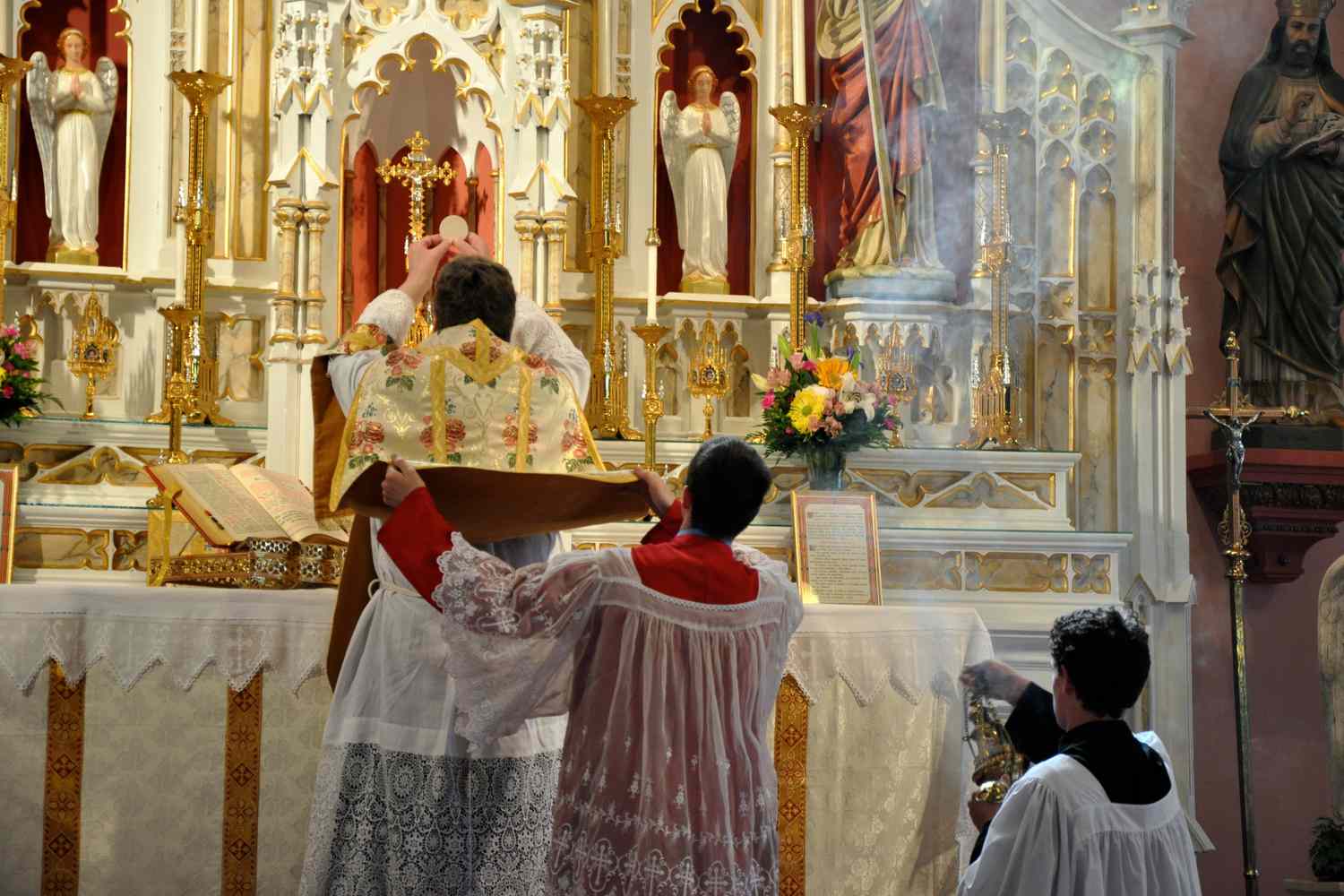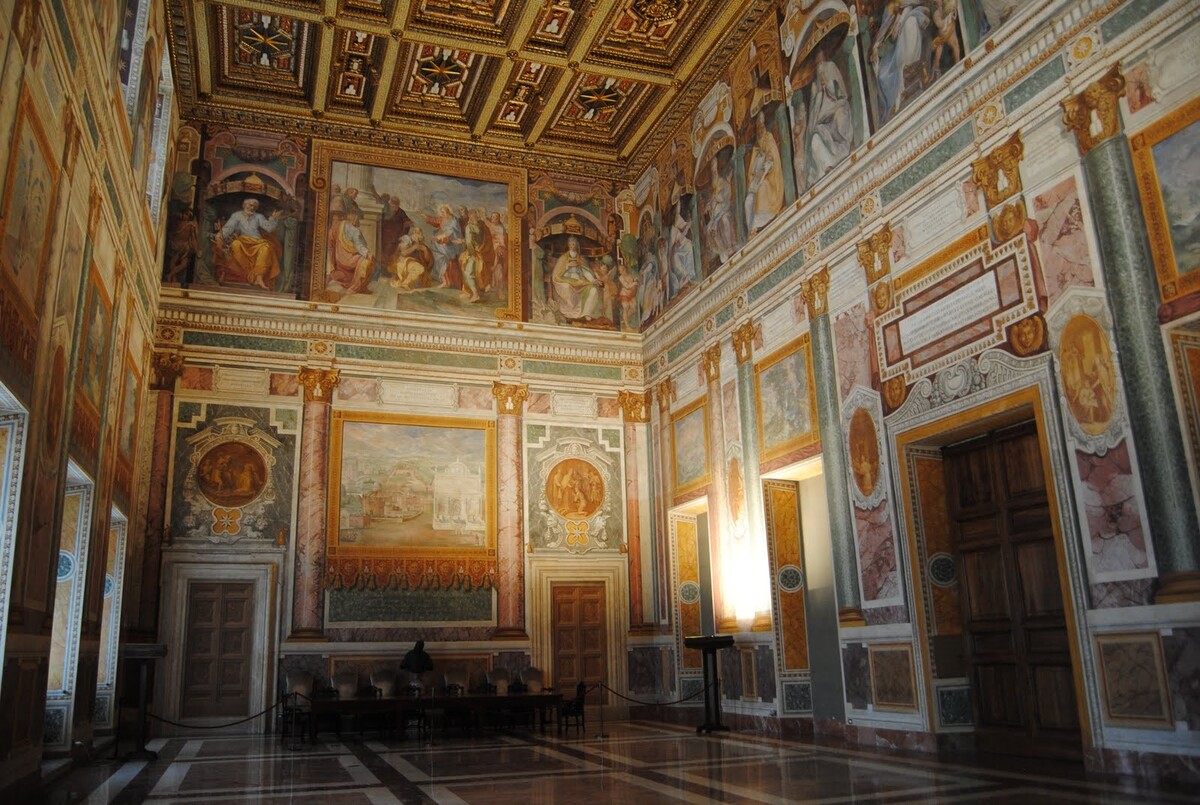
What is the Latin Mass? The Latin Mass, also known as the Tridentine Mass, is the traditional liturgy of the Roman Catholic Church. Celebrated in Latin, it follows the Roman Missal codified by Pope Pius V in 1570. This form of worship remained the standard until the Second Vatican Council in the 1960s introduced the Mass in local languages. Many Catholics appreciate the Latin Mass for its solemnity, rich history, and sense of continuity with centuries of tradition. Whether you're curious about its structure, significance, or why some prefer it over modern liturgies, this article will provide you with 20 intriguing facts about the Latin Mass.
The Origins of the Latin Mass
The Latin Mass, also known as the Tridentine Mass, has a rich history that dates back centuries. Here are some fascinating facts about its origins and development.
-
The Latin Mass was standardized by the Council of Trent in 1570. This council aimed to unify the Catholic Church's liturgical practices.
-
Before the Council of Trent, there were many different versions of the Mass across Europe. The council sought to create a single, standardized form.
-
Pope Pius V played a significant role in the establishment of the Tridentine Mass. He issued the papal bull "Quo Primum" to enforce its use.
-
The Tridentine Mass was named after the city of Trent, where the council took place. It became the standard for Roman Catholic worship for centuries.
The Structure of the Latin Mass
The Latin Mass follows a specific structure that has remained largely unchanged since its inception. Let's explore some key elements of this structure.
-
The Mass begins with the Prayers at the Foot of the Altar, where the priest and altar servers recite psalms and prayers.
-
The Kyrie Eleison is a prayer for mercy, repeated three times in Greek, even though the rest of the Mass is in Latin.
-
The Gloria is a hymn of praise to God, sung or recited on Sundays and feast days.
-
The Credo, or Nicene Creed, is a statement of faith recited by the congregation.
-
The Offertory is the part of the Mass where bread and wine are presented and prepared for consecration.
-
The Canon of the Mass is the central part, where the priest consecrates the bread and wine, transforming them into the Body and Blood of Christ.
-
The Agnus Dei is a prayer for peace and mercy, recited before Communion.
The Language and Music of the Latin Mass
Latin and Gregorian chant play a crucial role in the Latin Mass. These elements create a unique and reverent atmosphere.
-
Latin was chosen as the language of the Mass because it was the universal language of the Roman Empire. This choice helped unify the Church.
-
Gregorian chant, named after Pope Gregory I, is the traditional music of the Latin Mass. Its simple, melodic lines are meant to enhance the liturgy.
-
The use of Latin and Gregorian chant creates a sense of timelessness and continuity with the early Church.
-
Many of the prayers and hymns used in the Latin Mass have been passed down for centuries, preserving the Church's liturgical heritage.
The Role of the Priest and Laity
The roles of the priest and the laity in the Latin Mass are distinct and well-defined. Here are some key aspects of these roles.
-
The priest faces the altar, not the congregation, during the Latin Mass. This orientation is known as "ad orientem," symbolizing the priest leading the people in worship.
-
The laity participate in the Mass through silent prayer and responses. They follow along with a missal, a book containing the prayers and readings.
-
Altar servers assist the priest by performing various tasks, such as holding the missal, carrying the processional cross, and ringing the bells.
-
The priest wears specific vestments during the Latin Mass, each with its own symbolic meaning. These include the alb, stole, chasuble, and maniple.
-
The Latin Mass emphasizes the sacrificial nature of the Eucharist, with the priest acting as a mediator between God and the people.
Final Thoughts on Latin Mass
Latin Mass holds a unique place in the history of the Catholic Church. Its rich traditions and solemn rituals offer a glimpse into centuries-old practices. For many, attending a Latin Mass feels like stepping back in time, connecting with the roots of their faith. The use of Latin, the Gregorian chants, and the intricate ceremonies create a deeply spiritual experience. While some may find it challenging to follow, others appreciate the sense of mystery and reverence it brings. Whether you're a devout Catholic or just curious about religious traditions, experiencing a Latin Mass can be a profound and enlightening experience. It reminds us of the enduring power of tradition and the beauty of worship that transcends language and time. So, next time you have the chance, consider attending a Latin Mass. You might find it a moving and memorable experience.
Was this page helpful?
Our commitment to delivering trustworthy and engaging content is at the heart of what we do. Each fact on our site is contributed by real users like you, bringing a wealth of diverse insights and information. To ensure the highest standards of accuracy and reliability, our dedicated editors meticulously review each submission. This process guarantees that the facts we share are not only fascinating but also credible. Trust in our commitment to quality and authenticity as you explore and learn with us.


